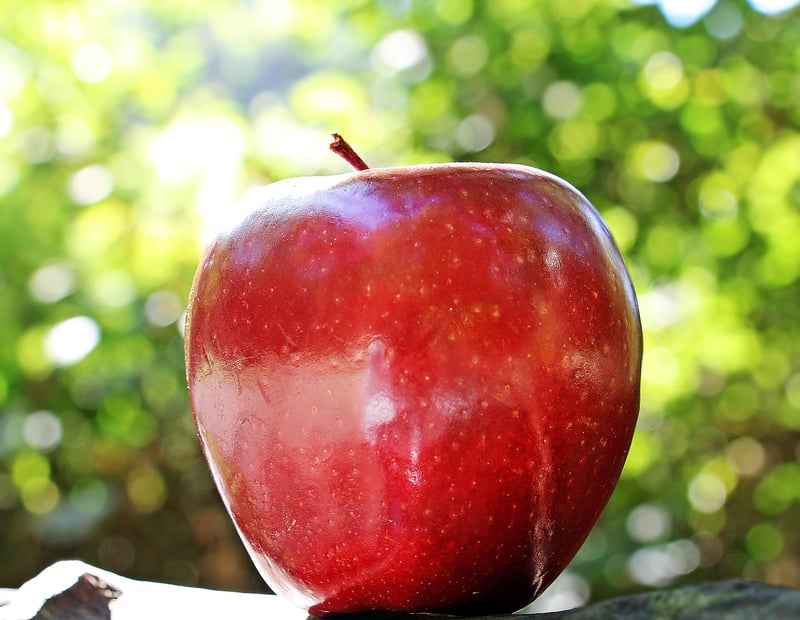Sensory Analysis
The Science Behind Food and Sensory Analysis
Food is not just a means of sustenance; it is a complex interplay of flavors, textures, and aromas that engage our senses in a delightful symphony. The science behind food and sensory analysis delves into the intricate mechanisms that govern our perception of food and how we experience it.
What is Sensory Analysis?
Sensory analysis is a scientific discipline that evaluates and measures human responses to the sensory properties of food and beverages. It encompasses the study of taste, smell, texture, appearance, and even sound when consuming food.
The Role of Senses in Food Perception
Our senses play a crucial role in how we perceive food. Taste buds on our tongue detect basic tastes like sweet, sour, salty, bitter, and umami. Our sense of smell, or olfaction, contributes significantly to flavor perception. The texture of food influences our eating experience, with factors like crunchiness, creaminess, and chewiness affecting how we enjoy food.
Applications of Sensory Analysis
Sensory analysis is widely used in the food industry to develop new products, monitor quality, and ensure consumer satisfaction. Food companies rely on sensory panels to evaluate products and make informed decisions based on consumer preferences.
Methods in Sensory Analysis
There are various methods used in sensory analysis, including descriptive analysis, discrimination testing, and consumer testing. Descriptive analysis involves trained panelists who describe the sensory attributes of a product in detail. Discrimination testing determines whether there are perceptible differences between products. Consumer testing gathers feedback from target consumers to assess preferences and acceptance.
Importance of Sensory Analysis in Food Development
Understanding sensory analysis is crucial in food development to create products that resonate with consumers. By optimizing flavors, textures, and aromas, food manufacturers can tailor their products to meet consumer expectations and preferences.
Conclusion
The science behind food and sensory analysis provides valuable insights into how we perceive and enjoy food. By leveraging sensory analysis techniques, food companies can create products that not only taste delicious but also appeal to our senses in a harmonious way.


